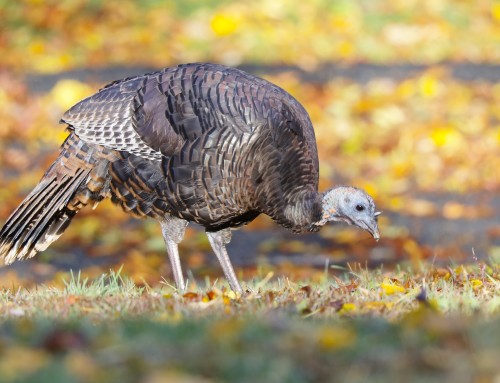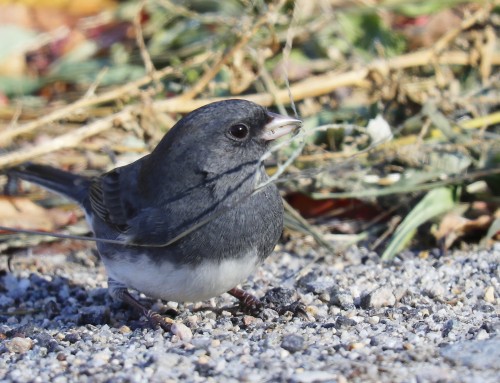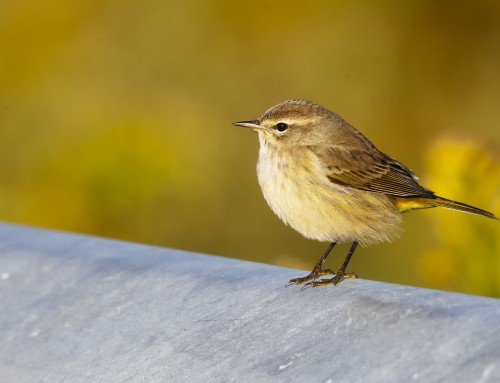Nov. 29, 2024: In late fall, the grwoing number of Wild Turkeys in Falmouth forage for acorns, nuts, seeds, berries, and insects. As non-migratory birds, they adapt to seasonal changes, roosting in trees and expanding foraging locally as needed. This young turkey was recently seen in a backyard near Rt. 28A in West Falmouth.
Foraging Habits of American Turkeys on Cape Cod in Late Fall
In late fall, American wild turkeys (Meleagris gallopavo) on Cape Cod adapt their foraging habits to the changing availability of food. As the growing season ends and frost sets in, they rely more on hard mast, especially acorns from oak trees, which are abundant in Cape Cod’s woodlands. They also consume:
– Beechnuts and hickory nuts, if available.
– Seeds and grains, particularly from fields or gardens left untended.
– Berries like juniper or holly, which persist into late fall.
– Insects and larvae, which they may uncover by scratching in leaf litter or softer soils.
Turkeys are known for their characteristic scratching behavior, using their strong legs to clear away leaves and debris while foraging for hidden food. During this season, they can often be spotted in groups (called rafters) in open fields, forest edges, and residential areas.
Migration Habits of Turkeys
Wild turkeys are non-migratory, meaning they do not engage in seasonal long-distance movements like some bird species. Instead, they are highly adaptable to seasonal changes within their range. On Cape Cod:
– In fall and winter, turkeys adjust to colder conditions by roosting in trees for safety and warmth at night.
– They will shift their foraging areas to take advantage of food sources like agricultural fields, backyards, or bird feeders, particularly when snow limits their ground access.
The combination of Cape Cod’s mild maritime climate and its diverse habitats supports turkeys year-round, eliminating the need for migration. However, they might expand their foraging range locally if food becomes scarce, especially in harsher winters.







Leave A Comment
You must be logged in to post a comment.